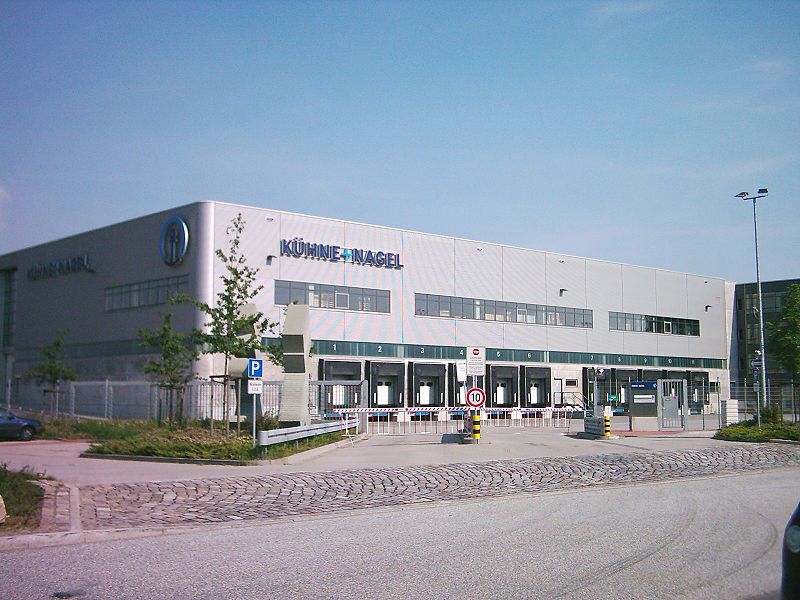
Over the last couple of months, a lot has been written about old shoes, a.k.a. gifts in kind (GiK). Most commenters seem to agree that they are only appropriate in a fairly limited number of narrowly defined situations. Over at Tales From the Hood, J. has come up with two preconditions for GiK to be acceptable: they should fit programme design (instead of vice versa) and they should directly address the needs in the field. Of course, J. is correct as ever, but I do think that in this case he is not exhaustive. I will use the five rights of logistics to add to the list.
The right goods
Both J.’s preconditions are linked to this one. Of course, they should fit the needs of the people we are trying to serve, and that implies that the programme should fit these needs and that the goods delivered in turn should fit the programme. Another issue to keep in mind here is that they should also fit the way your organisation works: if nobody knows how to work that donated doodad, it could fit your programme like a glove but it would still be utterly useless.
The right quantity
GiK hardly ever come in the quantities needed: either too much or too little. In the former case, the challenges of dealing with the surplus could more than negate the advantages of receiving the gifts. In any case, it would be a good idea not to accept more GiK than are needed for the programme[1]. If the GiK are not sufficient to cover the full need of the programme, the extra cost having to buy and handle smaller amounts of goods from multiple sources need to be taken into account as well.
The right location
Often, there are local or regional sources of the same goods that are donated. Obviously, these goods will be available at the programme location much faster and much more cheaply than the donated goods ever can be.
The right time
For most programmes, timing is crucial. An item can be really needed at some stage, arrive in just the right quantity and be available at the right spot, but if it arrives too late it will be as useless as a recipe for lumbard mustard for McDonald’s. If it arrives too early, it will needlessly clog up storage space (which is an important consideration in many of our programmes). It is hardly ever possible to time GiK correctly.
The right price
GiK are, as the name implies, free.
Well, no, actually they aren’t. There are serious costs connected to GiK: costs when organising collection and reception, cost when handling and shipping, costs when using. Good examples are the costs for the organisation of collection points, for bundling and preparation for shipping, for cleaning and repair, and for maintenance in the field. Similar costs are, of course, connected to goods bought from donated money; but almost always these costs are much lower than for GiK – sometimes so much cheaper that, all in all, it can be cheaper to buy them new than to pay for the costs to process the GiK.
Most people understand that this is the case when comparing local goods with GiK: obviously, it is quite possible that the cost of shipping items from Freetown, Kentucky to Freetown, Liberia could be more than the full price of the same item bought on the local market. However, this could also be true for items bought in (in this case) the US. This comes as a surprise for many people: how can it be cheaper to buy e.g. medicines locally and ship them over, than to have those drugs donated at the exact same spot for free? Yet this is true quite often, caused by e.g.:
- having to combine items from various locations instead of shipping it directly from one location (the supplier’s);
- use of standardised items designed for cheap and simple transport, e.g. because they are lighter, can be nested or because a multiple fits exactly in a standard shipping container;
- being able to easily consolidate shipments, leading to lower shipping costs;
- having to deal with reverse logistics after early expiry of goods (i.e. earlier than newly bought goods).
Gifts in kind are not always kind
Time to out one of my darker secrets: back in my younger days, I have been involved in a drive to collect gifts in kind for Romanian orphanages (after the revolution of 1989). I was highly disappointed and slightly upset when none of the large aid organisations wanted to accept our goods. Now, half a lifetime later, I understand why they did so. Gifts in kind can be the right thing – but often they aren’t. Both donors (when giving or organising drives) and aid organisations (when accepting the gifts) should keep this in mind – and logisticians have a special responsibility for explaining the issues.
Update (April 28): I hardly turned my back (had a long day of lectures and didn’t read my Twitter stream) or a new GiK initiative crops up. This time, somebody want to get 1,000,000 shirts to ‘Africa’. A good analysis of the goods and bads can be found on Amanda Makulec’s blog (and it is of course always nice to called a “development logistics guru”); Aid Thoughts has a rather snarkier take on things; Tales From the Hood comments on the rather aggressive media strategy of the founder (which basically seems to come down to, “let’s get this discussion off from the internet ASAP”); Texas In Africa lists better alternatives.
Update 2 (April 30): There are now more than 30 blog posts written about the whole 1 million shirts kerfuffle. A selection of the most interesting ones:
[Image: The Park House Club in Cardiff, wrapped as a gift by Howard Dickins. Some rights reserved.]
Footnote
Back to post [1] Of course, this is true for gifts in money, too, but I leave that fish for others to fry.
{







